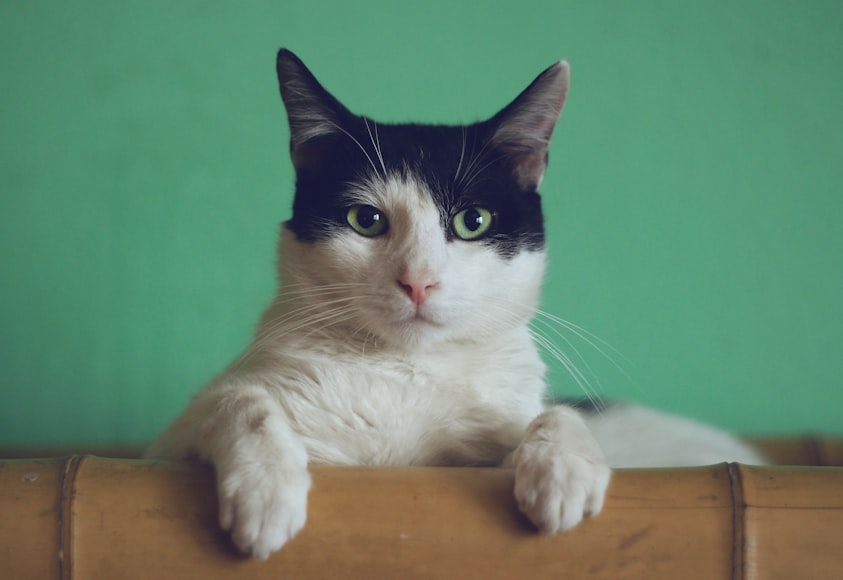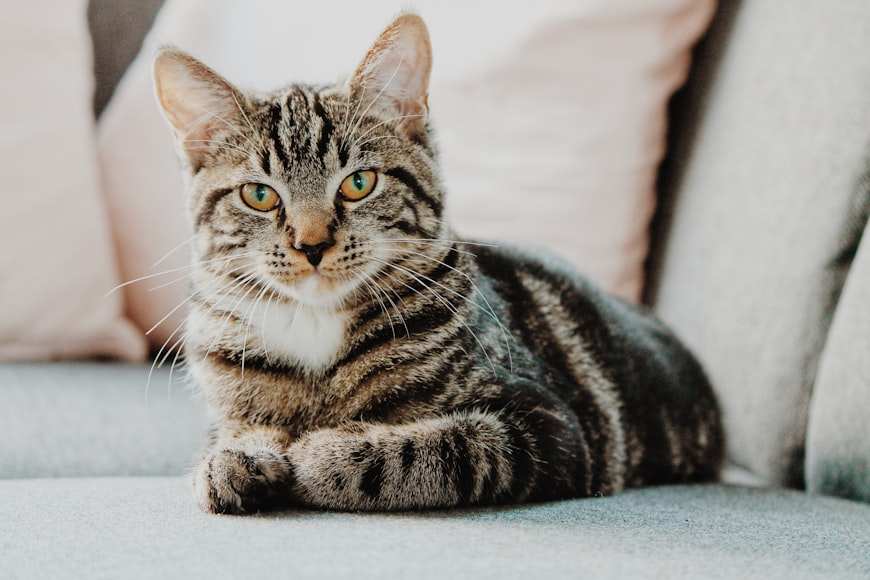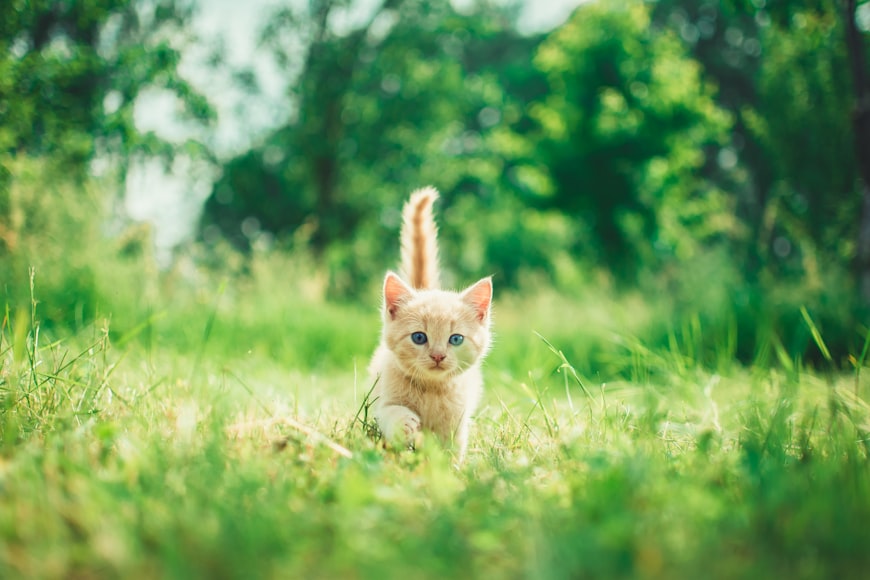A lot of people have very preconceived notions about cats, and these notions often conflict with the reality of cats. For example, it’s common for people to think that cats are aloof or unfriendly, when in fact they are capable of forming strong bonds with their owners. There are several other myths about cats which you may believe, but which actually aren’t true at all. The following list contains some of the most common myths about cats, along with the facts which dispel them.
1) All Cats Love Catnip

The truth is that not all cats love catnip. In fact, it’s estimated that only half of the world’s cats enjoy catnip. But what about the other 50%? Researchers are still working to figure out why some cats don’t react to catnip. It could be a genetic thing or it could just be because they haven’t been exposed enough times yet.
2) You Can Judge Their Health by Looking at Their Eyes
While it’s true that the color of a cat’s eye can be an indication of their health, being able to tell with just one glance is not possible. There are many different factors that go into determining the color, shape and clarity of a cat’s eyes.
3) Black Cat Syndrome

Black Cat Syndrome is the superstition that black cats are unlucky or bring bad luck. It’s also referred to as black cat phobia. There are many different theories of where this superstition came from, but it has been around for centuries.
One of the most common explanations is that people used to believe that witches could turn themselves into black cats and roam around at night.
4) An Altered Cat is Unhealthy
An Altered Cat is Unhealthy
It is a common misconception that cats are unhealthier if they are neutered or spayed. In fact, the opposite is true: an altered cat will be less likely to roam and fight which reduces the chance of injury and disease. Moreover, an altered cat will also be more likely to stick around home rather than wander off in search of a mate which decreases the risk of contracting infectious diseases such as toxoplasmosis.
5) They Hate Being Licked on the Mouth

Cats don’t really care if humans lick their faces or not. They have a natural instinct to clean themselves, and licking them on the mouth is just mimicking that motion for cats. Plus, cats can’t taste anything in their mouths so it doesn’t matter.
6) Owning Two Male Cats Will Lead to Lots of Fighting
Male cats will sometimes fight over territory or to establish dominance, but in the majority of cases, male cats will get along just fine. If you are introducing a new cat into the house and have two males, it is important to let them settle for a few days before letting them roam the house together.
7) Kittens are Harder to Train than Adult Cats

One of the most common myths about cats is that kittens are harder to train than adult cats. This is false. Kittens are actually easier to train than adult cats because they are more impressionable and eager to please their owners. However, there may be a few other factors which make kittens harder to train, such as being easily distracted by new objects or being skittish in general.
8) Domesticated Cats are Descendants of the African Wildcat, Felis silvestris lybica
Domesticated cats are descendants of the African wildcat, Felis silvestris lybica. It is thought that cats began to associate with humans in ancient Egypt and became domesticated there. The Egyptian Mau is a direct descendant of the original domestic cat.
The domestication process has been traced back to around 3,600 BC when humans first settled in agricultural villages.
9) Spayed/Neutered Pets are Fat and Lazy

Dogs aren’t the only pets that can be fat and lazy. Studies have shown that unaltered cats are more prone to obesity than neutered cats. This is because, for unknown reasons, unaltered male cats tend to eat more, sleep less and have a higher activity level than female or neutered male cats.
10) Housecats Should be Fed a Diet of Dry Food Only
Dry food is a good option for cats who don’t have access to fresh water outside of their bowl. However, it’s not the healthiest option and can lead to dental issues like tooth decay. If you want your cat to eat this type of food exclusively, mix it with a wet food at least once per week.
